The realm of nanotechnology has long been fascinated by the potential of nanofibers—ultra-thin fibers with diameters measuring in the nanometer range. These materials boast extraordinary properties, from high surface area to exceptional strength, making them invaluable in fields like medicine, energy storage, and filtration. But what if the key to unlocking even greater potential lies not on Earth, but in the microgravity environment of space? Recent advancements in space-based electrospinning are shedding light on this intriguing possibility.
Electrospinning, a well-established technique on Earth, uses electric forces to draw charged threads of polymer solutions into fine fibers. However, gravity plays a subtle yet significant role in this process, often causing fibers to sag or clump before they fully solidify. In microgravity, these gravitational constraints vanish, allowing for the creation of more uniform and structurally pristine nanofibers. Researchers are now leveraging the International Space Station (ISS) as a laboratory to explore this phenomenon, with promising early results.
The absence of gravity isn't the only advantage space offers. On Earth, the electrospinning process is often hindered by the need for volatile solvents, which can evaporate unevenly or introduce defects. In microgravity, solvents evaporate more predictably, enabling finer control over fiber morphology. This precision opens doors to nanofibers with tailored properties—whether it's enhanced porosity for biomedical scaffolds or optimized conductivity for next-generation electronics.
One of the most exciting applications of space-electrospun nanofibers lies in tissue engineering. On Earth, creating scaffolds that mimic the intricate structure of human tissues has been a persistent challenge. The fibers produced in microgravity exhibit unparalleled uniformity and alignment, closely resembling the extracellular matrix that supports cell growth. Early experiments suggest these scaffolds could revolutionize regenerative medicine, offering better integration with host tissues and improved healing outcomes.
Beyond medicine, space-electrospun nanofibers hold promise for environmental technologies. Air and water filtration systems, for instance, rely on materials with high surface areas and precise pore sizes. The fibers spun in microgravity could lead to filters with superior efficiency and longevity, addressing critical challenges like clean water access and air pollution. Similarly, energy storage devices such as batteries and supercapacitors could benefit from nanofibers with optimized electrical properties, potentially enabling faster charging and higher capacities.
Despite these exciting possibilities, scaling up space-based electrospinning remains a hurdle. Transporting materials to the ISS is costly, and the current setup is limited by the station's available resources. However, private space ventures and advancements in autonomous manufacturing could soon make orbital nanofiber production more feasible. Researchers are already exploring compact, automated electrospinning devices that could operate on future commercial space stations or even lunar bases.
The intersection of nanotechnology and space exploration is still in its infancy, but the potential is undeniable. As humanity ventures further into the cosmos, the ability to manufacture advanced materials in orbit could become a cornerstone of sustainable space habitation. Imagine a future where astronauts produce their own medical supplies, filtration systems, or even electronic components using locally sourced raw materials and electrospinning technology. The implications for long-duration missions—and for life back on Earth—are profound.
For now, each experiment conducted aboard the ISS brings us closer to understanding how microgravity can refine and enhance nanofiber production. The collaboration between material scientists, engineers, and space agencies is fostering innovations that transcend terrestrial limitations. As this research progresses, the dream of seamlessly integrating space-manufactured nanomaterials into everyday applications inches closer to reality.
In the grand tapestry of scientific discovery, space electrospinning represents a vibrant new thread—one that weaves together the frontiers of nanotechnology and the boundless possibilities of the cosmos.

By /Jul 16, 2025

By /Jul 16, 2025

By /Jul 16, 2025

By /Jul 16, 2025
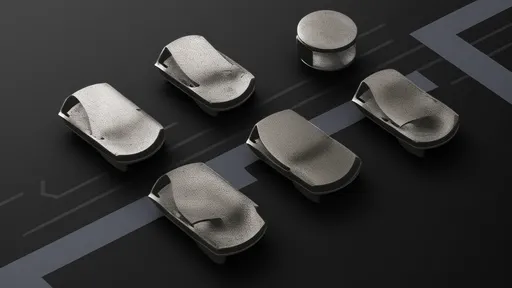
By /Jul 16, 2025

By /Jul 16, 2025
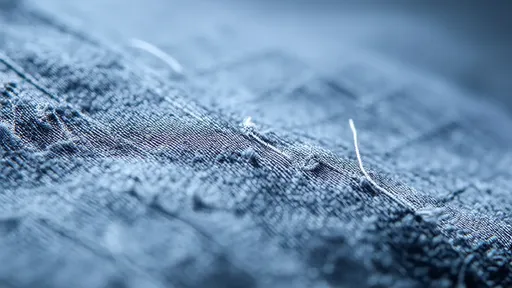
By /Jul 16, 2025
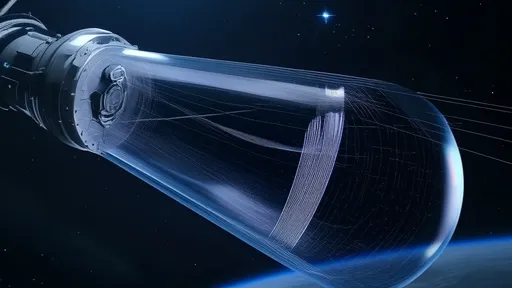
By /Jul 16, 2025
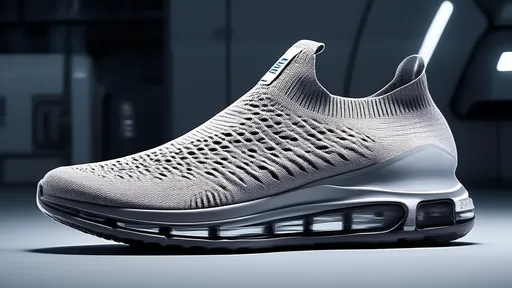
By /Jul 16, 2025
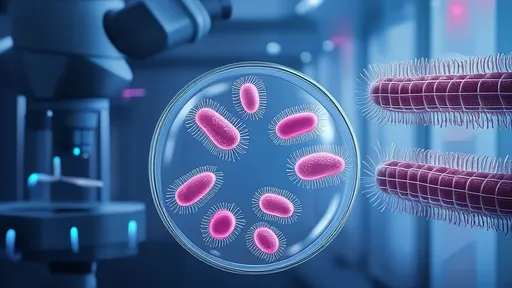
By /Jul 16, 2025
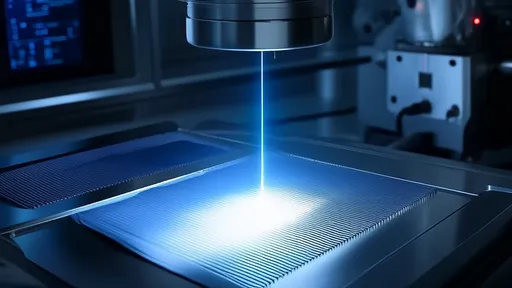
By /Jul 16, 2025

By /Jul 16, 2025

By /Jul 16, 2025

By /Jul 16, 2025

By /Jul 16, 2025

By /Jul 16, 2025

By /Jul 16, 2025

By /Jul 16, 2025